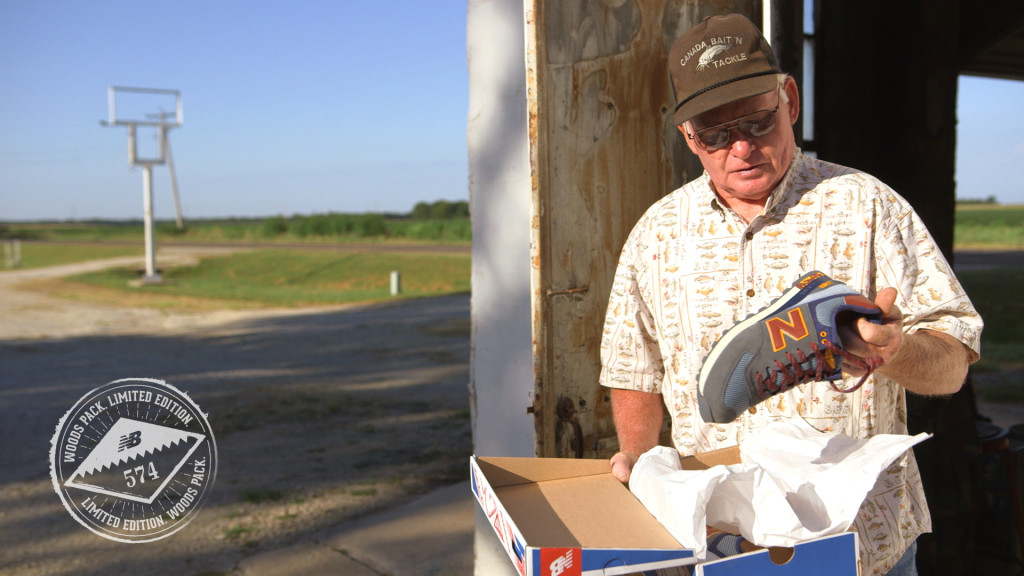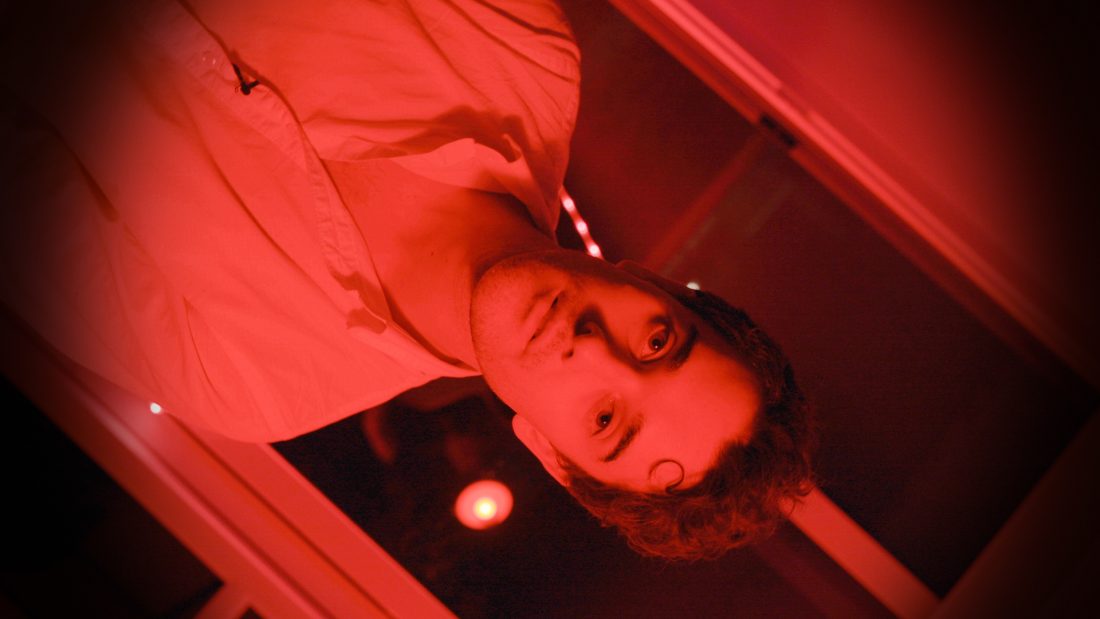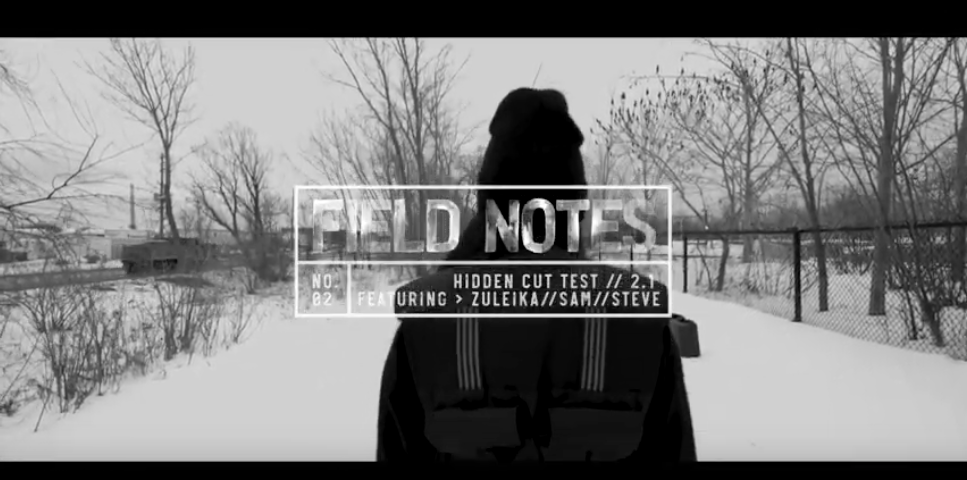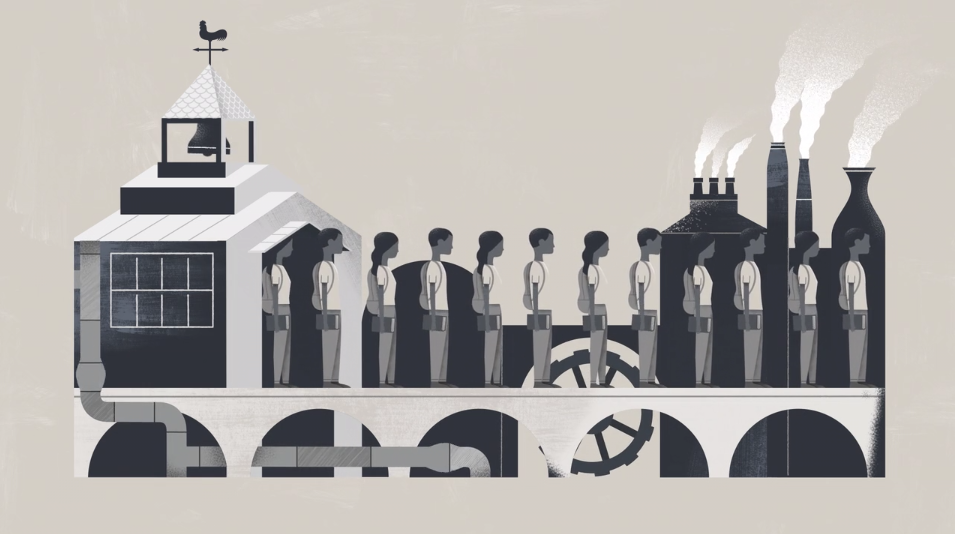
How to Make Branded Content that Doesn’t Suck
Branded Content is such a dry term. Who reads “content,” or watches it? No one, ever, anywhere. But people love to be entertained, love stories and want to be informed if it’s a topic that’s relevant to them.
If you want your story to be read or watched, you need to start by thinking, “what does my audience actually want to see?” No one wants to read an article about a bunch of product features, no matter how great the product is.
One company that’s nailed this is GoPro. They produce a rugged camera that’s synonymous with young, action-seekers. So, what did the brand do? They built on that. They’ve created a whole online platform that consists of videos submitted by users. And the videos are spectacular. If there is such a thing as content marketing nirvana, this is it: UGC that becomes your ongoing content marketing campaign.
Unfortunately, not many products are as visually oriented as GoPro cameras. But there are lots of lessons to learn from their success. Who are your avid customers? Where are they? Do they have a story to tell? And what do they want to read or watch?
That’s the approach we take a Q. We look at companies and organizations and ask ourselves, where are the stories?
There’s no set pattern for finding stories. Sometimes organizations have testimonials from satisfied customers. That can be a start. Two years ago, Q producer Caitie Drewery was tasked with finding stories of YMCA members across the province who had a story to tell. She began looking for people like Valerie who had experienced a life-changing transformation at their local Y.
In this story, there’s no need to plug the YMCA or provide a laundry list of features. Valerie’s story is the YMCA. Yes, it provides fitness classes, but more importantly, it represents community and friendship. Watch any of the videos in the series and you come away with a warm feeling, a portrait of a community, a community you’d want to be a part of. Sure, you could call it content marketing, but it doesn’t feel like that. It’s a story, one that a lot of viewers would share. Finding those stories is key.
For some organizations, traditional storytelling like this doesn’t feel like the best approach. That’s how we felt about Birks. We could have told a story about a ring, or a couple and their magical moment, but somehow that felt a little generic, so we took a different approach. In the whole “ring buying” scenario, it’s usually guys going into the stores by themselves. Most are first time-buyers, which means they are either a) totally overwhelmed by options b) intimidated or c) totally intimidated and totally overwhelmed. We wanted to speak directly to young men who are beginning this journey and help demystify the experience.
What about products like cars? There are endless car commercials and car and driver videos, but surprisingly few videos about regular drivers. That’s the tactic we took for a series with the Globe and Mail and Lincoln. Profiling real people who are changing their industries – while going about their day-to-day in a car. Ensuring that our real people share values of the product or sponsor is key to being the right fit. In the film below, we produced a story about the architectural design firm, Partisans. The company is working on a number of fascinating projects around Toronto like the Union Station refurbishment project. The Partisans team has a keen design approach and aesthetic and could identify the unique aspects of the new Lincoln, without feeling like an overt sales plug.
And sometimes, you just need to be entertaining. Recently, we worked with Havas Worldwide to launch the New Balance Canada line of running shoes. The folks at Havas had a great launch concept: give away a pair of shoes to every person in Canada and film their reaction. The hook being everyone in “Canada,” Kansas. It’s hard to watch the video and not smile as rural Kansas folk try on their new running shoes and their “Canadian” personas.
Successful branded content shouldn’t feel like an overt product push. Instead, it should be informative, or simply a great story.
Good videos or stories share a number of features:
1) The films work as films. They’re powerful, watchable and informative, no matter the sponsor or product.
2) While the films are branded, that branding never feels overdone and doesn’t impede the story. Product plugs feel like a commercial break and pull you out of the story. People don’t like to be pulled out of a good story.
3) The story or piece should feel complete, well-researched and well-produced. And branded content should never be produced on the cheap: ie poorly shot, or poor audio quality, etc. People watch a vast quantity of media these days. Poor production always pulls you out of the story.
CHEAT SHEET
So how do you produce branded content that doesn’t suck?
1) Think story. People like stories. Or, be useful, educational. What don’t customers know? What questions should they ask?
2) Do your research, find those stories or situations. That takes time (and money) and perseverance.
3) Think about your brand from a customer’s point of view. What do they want to see, or know about your product? Why would they even be interested in your product? A lawn mower for instance might seem likely an incredibly dull tool. But dig a little. What does a lawn mower represent? A garden, a sanctuary? Find people or stories about beautiful gardens and their makers. That helps your story to become more personal and interesting.
4) Overt product pitches pull people out of a story. Be judicious with those plugs.
5) Budget / quality. Plan and tell your story well. If you have a small budget, tell a small story. Ambitious stories with weak production qualities feel incomplete.
‘Your brand is what other people say about you when you’re not in the room.’
– Jeff Bezos
Authored by: Richard Quinlan, Senior Partner




